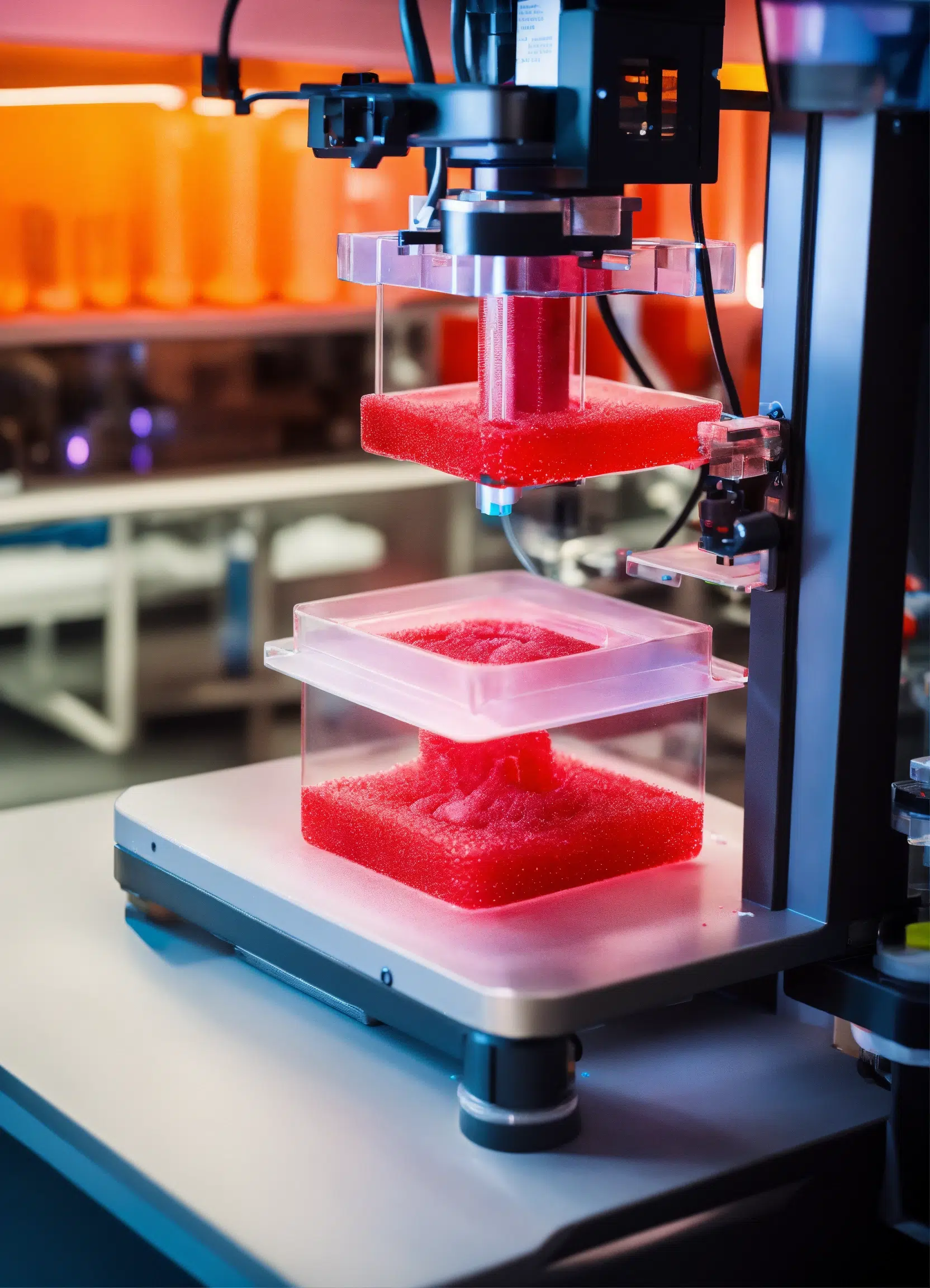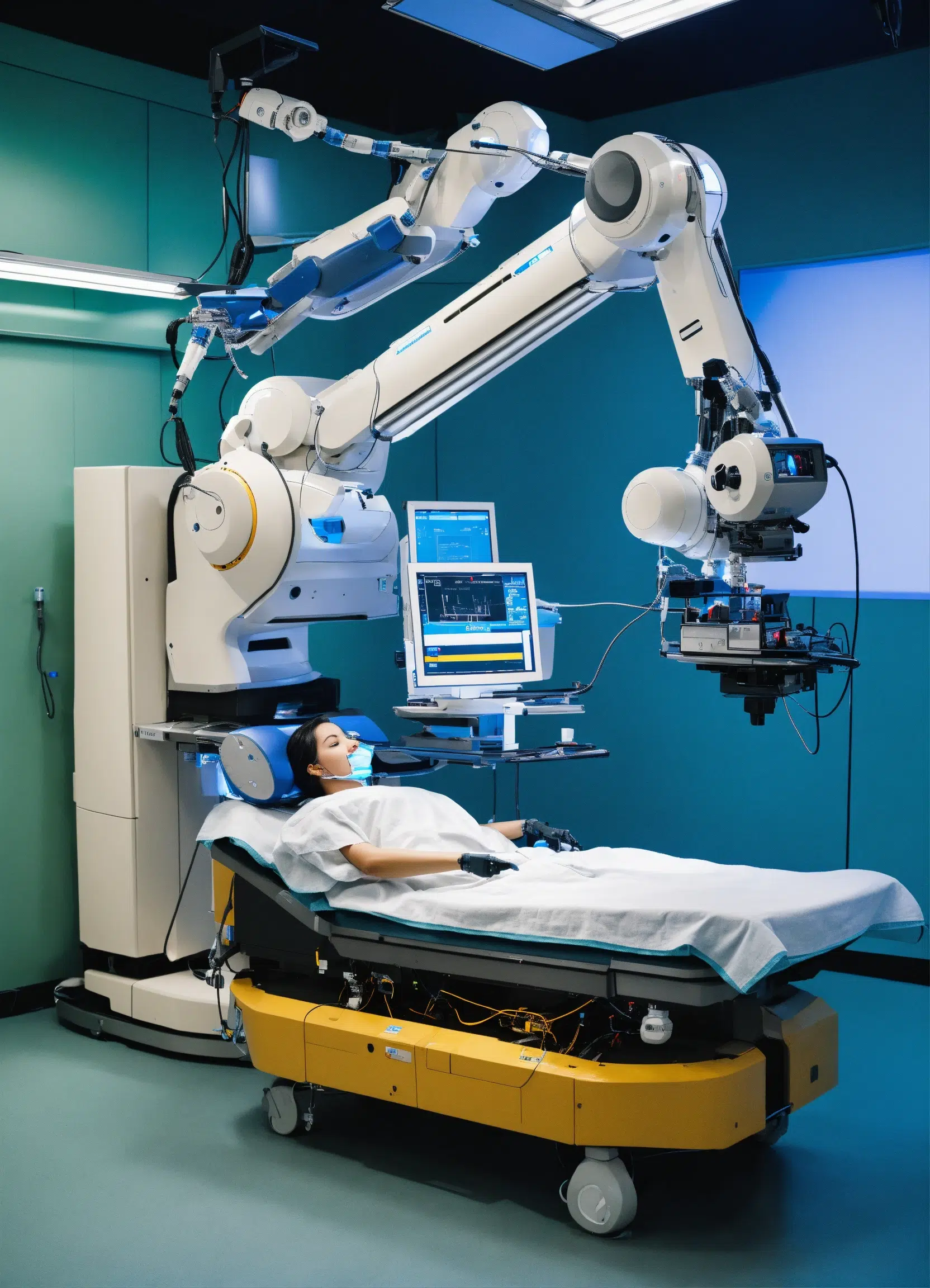design
Don Computing stands at the forefront of addressing some of the most complex and pressing engineering challenges of our time, leveraging the power of advanced computational techniques like Finite Element Analysis (FEA), Computational Fluid Dynamics (CFD), Solid Modeling, and Material Modeling. Our expertise enables us to contribute significantly to sustainable energy systems, optimizing renewable energy technologies for greater efficiency and reduced environmental impact. In the realm of electric vehicle innovation, we excel in battery optimization, enhancing performance and safety through sophisticated thermal management and structural analysis.
Our capabilities extend to the aerospace sector, where we develop lightweight yet robust materials designed to withstand extreme conditions, utilizing in-depth material modeling and stress analysis. In the biomedical field, we are adept at designing and optimizing medical devices, ensuring biocompatibility and durability through solid modeling and material analysis. Our proficiency in high-speed transportation systems, particularly in aerodynamics and structural integrity, is transforming the future of travel.
Robotics and automation are other areas where Don Computing shines, designing precise and durable robotic systems. We also play a crucial role in structural health monitoring, employing FEA to predict and analyze the lifespan of critical infrastructure. In environmental impact analysis, our use of CFD to study fluid dynamics and dispersion patterns is pivotal. Additionally, our work in telecommunications equipment design and nanotechnology showcases our ability to innovate at the cutting edge of technology, making significant contributions across various sectors.
Expertise in Design

High-Speed Transportation:
Optimizing designs for high-speed trains or hyperloop transportation, focusing on aerodynamics (using CFD) and structural integrity (using FEA).
Advanced Robotics and Automation: Designing robotic systems and components that require precise movement and durability, utilizing solid modeling and FEA for structural optimization.

Structural Health Monitoring of Infrastructure:
Using FEA to predict and analyze the lifespan of critical infrastructure like bridges and buildings, focusing on material fatigue and stress analysis.

Sustainable Energy Systems
Designing and optimizing renewable energy systems like wind turbines, solar panels, and hydroelectric power plants using CFD and FEA to improve efficiency and reduce environmental impact.

Electric Vehicle Battery Optimization
Enhancing the performance and safety of batteries in electric vehicles through thermal management and structural integrity analysis using FEA and CFD.

Aerospace Material Design
Developing lightweight yet strong materials for aerospace applications, requiring material modeling and stress analysis to withstand extreme conditions.

Biomedical Device Engineering
Designing medical devices such as prosthetics and implants, requiring solid modeling and material analysis to ensure biocompatibility and durability.
Environmental Impact Analysis: Modeling and predicting the environmental impact of industrial processes and products, using CFD to study fluid dynamics and dispersion patterns.

Telecommunications Equipment Design: Optimizing the design of antennas and other telecommunication devices for better signal strength and durability, using a combination of solid modeling and material analysis.

Nanotechnology and Advanced Material Development: Designing materials at the nanoscale for applications in electronics, medicine, and energy, requiring precise material modeling and analysis.





